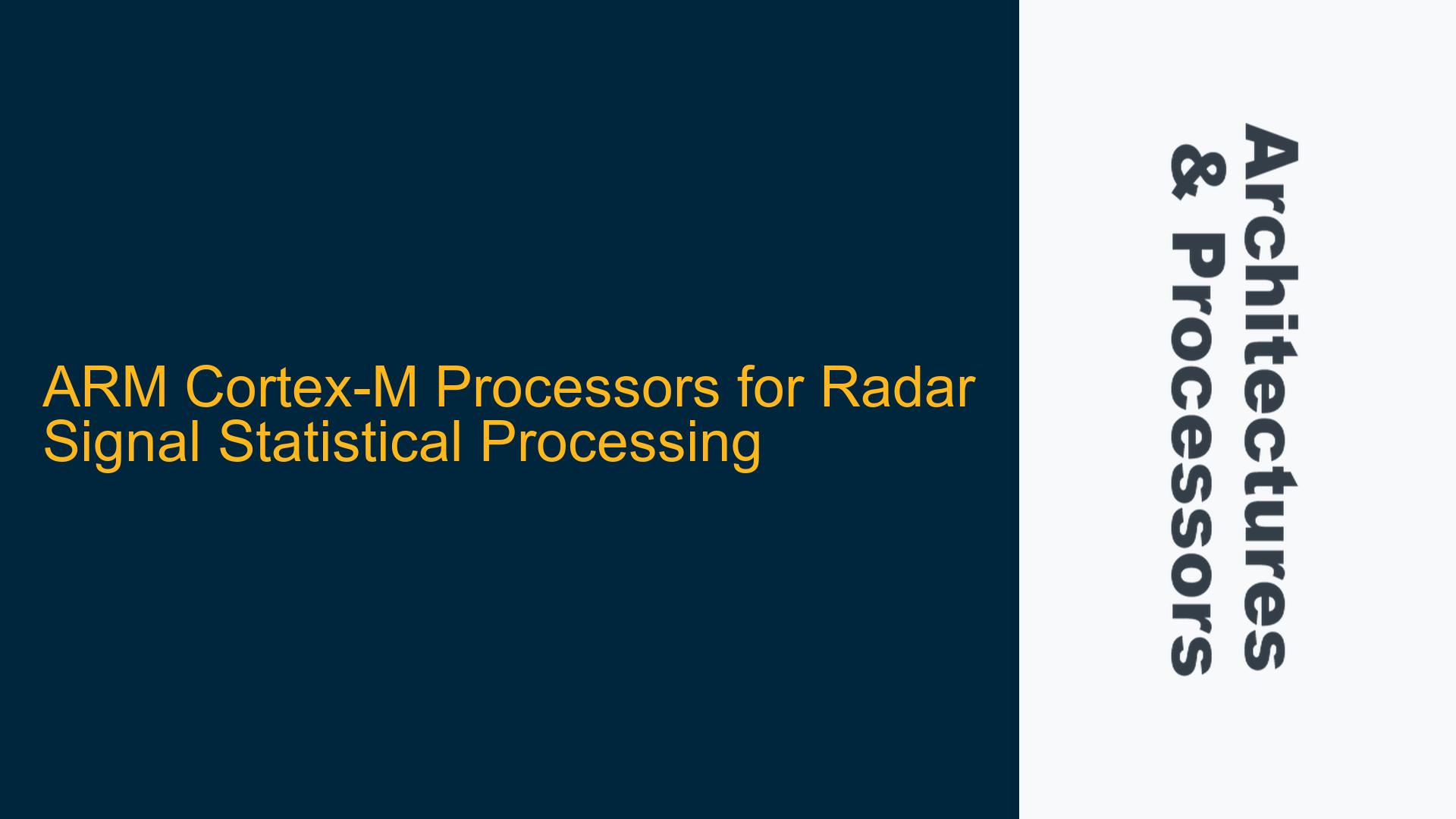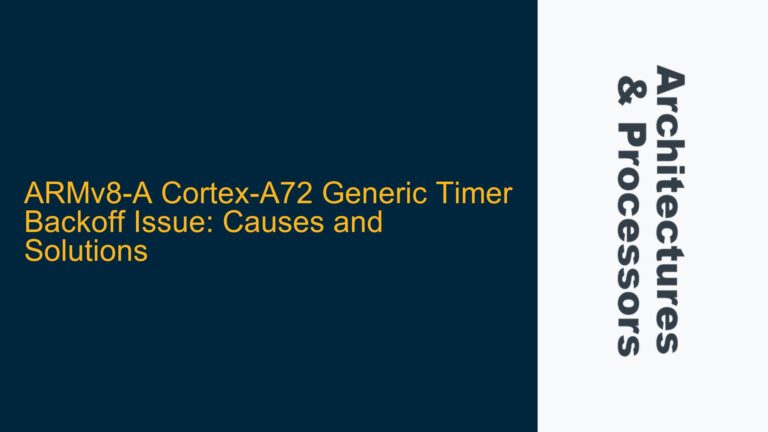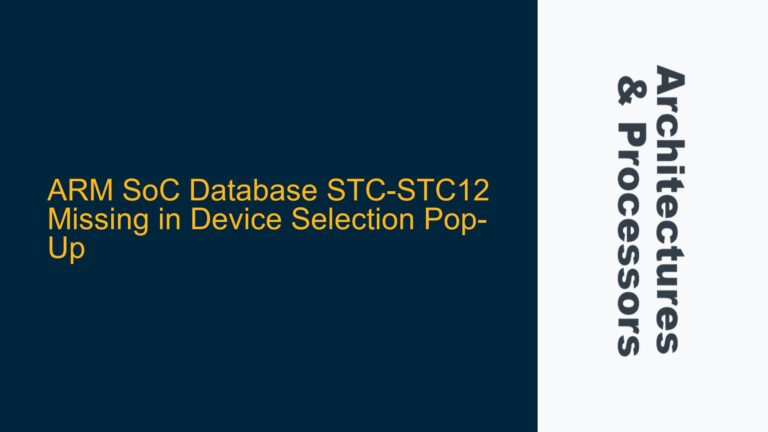ARM Cortex-M Capabilities for Radar Signal Statistical Processing
The ARM Cortex-M series of processors, particularly the Cortex-M4 and Cortex-M7, are well-suited for statistical signal processing tasks, including those required for radar signal processing. These processors are designed with features that make them capable of handling the computational demands of such tasks, albeit with certain limitations and considerations.
The Cortex-M4 processor, for instance, includes a DSP (Digital Signal Processing) extension that provides single-cycle multiply-accumulate (MAC) operations, saturating arithmetic, and SIMD (Single Instruction, Multiple Data) instructions. These features are crucial for efficient execution of signal processing algorithms such as Fast Fourier Transforms (FFT), Finite Impulse Response (FIR) filters, and other statistical computations commonly used in radar signal processing.
The Cortex-M7, on the other hand, offers even greater performance with its higher clock speeds, double-precision floating-point unit (FPU), and enhanced memory architecture. These features make the Cortex-M7 particularly suitable for more complex radar signal processing tasks that require higher precision and faster computation times.
However, the suitability of these processors for radar signal processing also depends on the specific requirements of the application, such as the sampling rate of the radar signals, the complexity of the algorithms, and the real-time processing constraints. For example, while the Cortex-M4 can handle basic radar signal processing tasks, more advanced applications may require the additional computational power and memory bandwidth provided by the Cortex-M7.
In summary, the ARM Cortex-M4 and Cortex-M7 processors are capable of performing statistical signal processing for radar signals, but the choice between them depends on the specific requirements of the application. The Cortex-M4 is suitable for less demanding tasks, while the Cortex-M7 is better suited for more complex and computationally intensive applications.
Resource Allocation and Optimization for Radar Signal Processing on ARM Cortex-M
When implementing radar signal processing on ARM Cortex-M processors, careful resource allocation and optimization are essential to ensure efficient and reliable operation. The primary resources to consider include the processor’s computational power, memory, and peripherals.
The computational power of the Cortex-M processors is determined by their clock speed, the presence of a DSP extension, and the availability of an FPU. For radar signal processing, the DSP extension is particularly important as it accelerates common signal processing operations. The FPU, available in the Cortex-M4 and Cortex-M7, is crucial for handling floating-point arithmetic, which is often required in statistical signal processing algorithms.
Memory is another critical resource, as radar signal processing typically involves large datasets. The Cortex-M processors have varying amounts of on-chip SRAM and flash memory, and external memory interfaces may be required for more demanding applications. Efficient memory management, including the use of DMA (Direct Memory Access) for data transfers, can significantly improve performance by offloading the CPU and reducing latency.
Peripherals such as ADCs (Analog-to-Digital Converters), timers, and communication interfaces are also important for radar signal processing. The ADC is used to digitize the radar signals, while timers can be used for precise timing and synchronization. Communication interfaces such as SPI, I2C, and UART are necessary for interfacing with other components and systems.
Optimization techniques such as loop unrolling, inline assembly, and the use of compiler intrinsics can further enhance the performance of signal processing algorithms on ARM Cortex-M processors. Additionally, leveraging the processor’s low-power modes can be beneficial in battery-powered radar applications.
In conclusion, effective resource allocation and optimization are key to successfully implementing radar signal processing on ARM Cortex-M processors. By carefully considering the computational power, memory, and peripherals, and applying optimization techniques, it is possible to achieve efficient and reliable radar signal processing on these processors.
Implementing Radar Signal Processing Algorithms on ARM Cortex-M
Implementing radar signal processing algorithms on ARM Cortex-M processors involves several steps, including algorithm selection, code implementation, and performance tuning. The choice of algorithms depends on the specific requirements of the radar application, such as the type of radar (e.g., pulsed, continuous wave), the desired resolution, and the processing constraints.
Common radar signal processing algorithms include FFT, FIR filters, and correlation-based detection. The FFT is used for frequency domain analysis, while FIR filters are used for signal conditioning and noise reduction. Correlation-based detection is used for target detection and ranging.
The implementation of these algorithms on ARM Cortex-M processors can be done using C/C++ programming, with the use of DSP libraries and compiler intrinsics to optimize performance. The ARM CMSIS-DSP library, for example, provides optimized functions for common signal processing operations, including FFT and FIR filtering. These functions are designed to take advantage of the DSP extension and FPU available in the Cortex-M4 and Cortex-M7 processors.
Performance tuning involves optimizing the code for speed and memory usage. Techniques such as loop unrolling, inline assembly, and the use of compiler intrinsics can be used to improve performance. Additionally, the use of DMA for data transfers can reduce CPU overhead and improve overall system performance.
Testing and validation are also important steps in the implementation process. The implemented algorithms should be tested with real or simulated radar signals to ensure they meet the required performance criteria. Debugging tools such as JTAG and SWD can be used to analyze and optimize the code.
In summary, implementing radar signal processing algorithms on ARM Cortex-M processors involves selecting the appropriate algorithms, implementing them using optimized code, and tuning the performance to meet the application requirements. By leveraging the capabilities of the Cortex-M processors and applying optimization techniques, it is possible to achieve efficient and reliable radar signal processing.
Challenges and Considerations in Radar Signal Processing on ARM Cortex-M
While ARM Cortex-M processors are capable of handling radar signal processing tasks, there are several challenges and considerations that need to be addressed to ensure successful implementation. These challenges include real-time processing constraints, memory limitations, and power consumption.
Real-time processing is a critical requirement for radar applications, as the processing of radar signals must be completed within a specific time frame to ensure accurate detection and ranging. The Cortex-M processors, particularly the Cortex-M4 and Cortex-M7, are designed to meet real-time processing requirements, but careful optimization of the signal processing algorithms is necessary to achieve the desired performance.
Memory limitations are another challenge, as radar signal processing typically involves large datasets. The on-chip SRAM and flash memory of the Cortex-M processors may be insufficient for some applications, requiring the use of external memory. Efficient memory management, including the use of DMA for data transfers, is essential to minimize latency and ensure smooth operation.
Power consumption is also an important consideration, especially in battery-powered radar applications. The Cortex-M processors offer various low-power modes that can be used to reduce power consumption during idle periods. However, the use of these modes must be balanced with the need for real-time processing, as transitioning between low-power modes can introduce latency.
In addition to these challenges, there are also considerations related to the development environment and tools. The use of an integrated development environment (IDE) such as Keil MDK or IAR Embedded Workbench can simplify the development process, but it is important to ensure that the chosen tools support the specific features of the Cortex-M processors being used.
In conclusion, while ARM Cortex-M processors are capable of handling radar signal processing tasks, there are several challenges and considerations that need to be addressed to ensure successful implementation. By carefully optimizing the signal processing algorithms, managing memory efficiently, and considering power consumption, it is possible to achieve efficient and reliable radar signal processing on these processors.
Case Study: Implementing FFT on ARM Cortex-M4 for Radar Signal Processing
To illustrate the practical implementation of radar signal processing on ARM Cortex-M processors, let’s consider a case study of implementing an FFT algorithm on the Cortex-M4 for frequency domain analysis of radar signals.
The FFT algorithm is a fundamental component of radar signal processing, used to transform time-domain radar signals into the frequency domain for analysis. The Cortex-M4’s DSP extension and FPU make it well-suited for this task, but careful implementation is necessary






